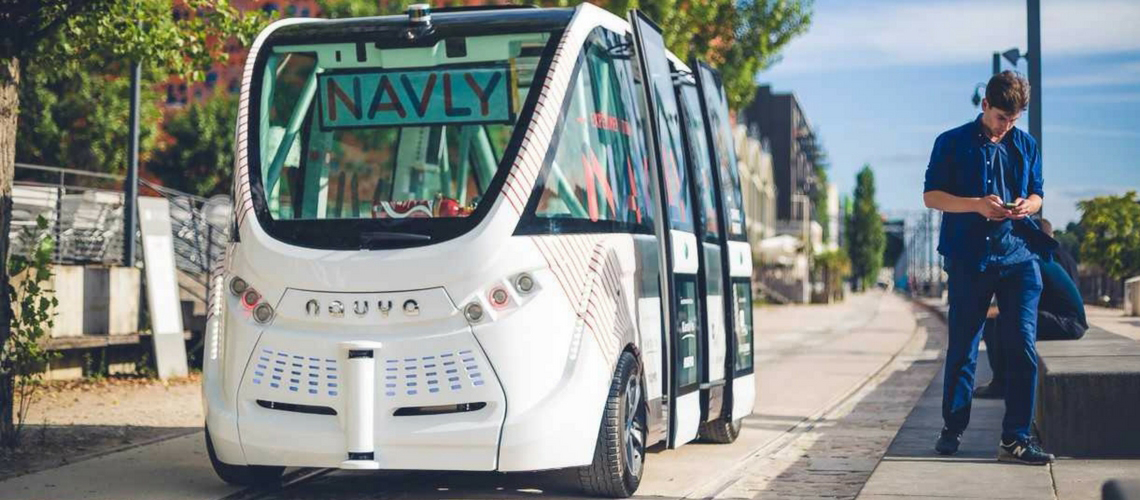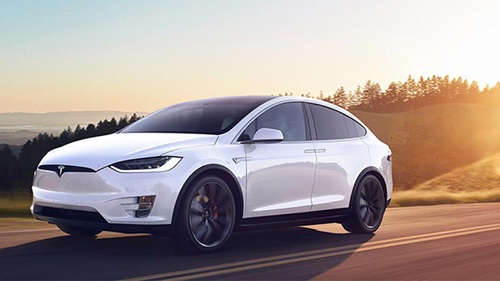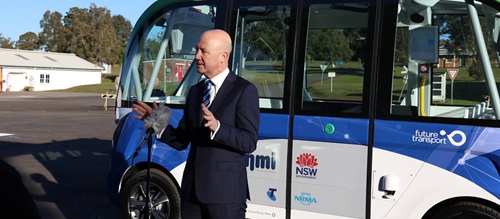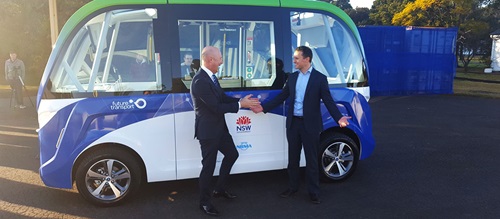More than fifty Federal and state laws will need to be amended and the nation’s motoring insurance and traffic fine network overhauled to prepare Australia for autonomous vehicles, according a report by NRMA, PricewaterhouseCoopers and Keolis Downer.
The combined report, Transforming Mobility, has identified more than fifty Federal and state and territory laws that would need to be amended due to references made to the “driver”. Current legislation assumes that the driver of a vehicle will be a human.
Most importantly, many minor amendments will need to be made to state and territory road rules to allow vehicles to be driven by computers. To demonstrate how the road rules could be adjusted, the NRMA, Keolis Downer and PwC have amended South Australia’s road rules, which was the first state to introduce autonomous vehicle trialling legislation.
Transforming Mobility calls for amendments to traffic enforcement laws to enable authorities to issue fines to the registered operator of an autonomous vehicles and not the humans sitting inside the vehicle at the time of the infringement – if these incidents occur at all.
If the infringement is due to a defect in the programming of the vehicle, the registered operator would have a right to recover the fine from the vehicle supplier using a streamlined process and using data from the vehicle.
The report highlights that autonomous vehicles are likely to see a significant reduction in personal insurance premiums. It also identifies the need to review CTP insurance schemes to ensure personal injury caused by accidents do not leave people worse off, and that premiums for insurance cover in respect of liability arising from autonomous driving system faults are not paid for by vehicle owners.
Determining the cause of accidents will occur with the installation of black-box technology in autonomous vehicles. The technology will record data in the lead up to an accident and also determine if autopilot had been activated or if a human had taken control of the vehicle. All relevant parties and their insurers should be able to access this data.
Transforming Mobility also identified the crucial role autonomous vehicles can play in increasing public use of mass transport services. Rather than act as a substitute to public transport, autonomous and connected cars can solve the vital first-mile-last-mile obstacle often in the way of people accessing transport stations, ports or interchanges.
The benefits Australia is set to gain from autonomous vehicles are extensive:
- Significantly reducing the 1,200 annual deaths on Australian roads and the $30 billion annual cost of road trauma on the Australian economy.
- Providing greater mobility options for all, making public transport even more inclusive.
- Delivering shared mobility solutions to congestion choking Australia’s cities – forecast to cost the Australian economy $42.8 billion by 2028.
- Delivering a more useful and enjoyable travel time, since people will be able to read and perform other activities while the vehicle is doing the driving.
NRMA Chairman-Elect Tim Trumper said it was crucial that Australia followed the lead of other countries and ensured that its laws, insurance and enforcement regimes kept up to speed with the global technology revolution now impacting on transport mobility in Australia.
“We know that autonomous and electric vehicles are coming to Australia soon and that the benefits to society are extensive, however, as outlined in Transforming Mobility we have a way to go to position Australia’s laws to be ready for this significant transformation,” Mr Trumper said.
“This important piece of work conducted by the NRMA, Keolis Downer and PwC provides Federal and State Governments with a useful blueprint to prepare Australia for its inevitable transport future.”
Jonathan Myers, Keolis Downer Head of Innovation, Growth and Partnerships, said “Keolis Downer is already involved in three autonomous vehicle projects in three States. We see connected, autonomous, shared, electric mobility as being at the heart of transport in the future. Changing regulations and legislation is a big part of this transformation, but not the whole story. All stakeholders will need to work together to integrate autonomous vehicles in a global mobility offer that will make cities more liveable and sustainable.”
Owen Hayford, lead transport law partner at PwC Australia, said: “The changes that need to be made to our road rules and other traffic laws to allow an autonomous driving system to do the driving are straightforward and could be enacted next year. However, changes to CTP insurance regimes to ensure that victims of accidents caused by driverless vehicles have equivalent access to timely compensation, and mechanisms to ensure that premiums for product liability cover are not paid for by vehicle owners, will require more thought.”
For the full roadmap on connected and automated vehicles see the Transforming Mobility report.





